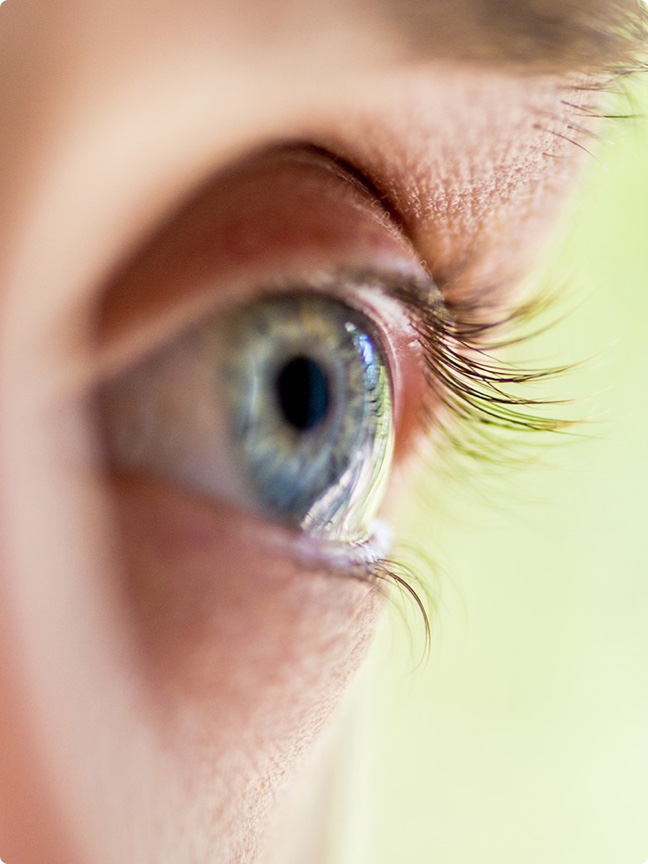

Wounds are estimated to account for almost 3% of total health system costs.1
Any tissue injury with an anatomical integrity disruption and a loss of functionality can be described as a wound. A skin wound results from the breakdown of the epidermal layer integrity. When we talk about wound healing, we mostly mean the healing of the skin. The wound healing begins immediately after an injury to the epidermal layer and might last for years. This dynamic process includes the highly organized cellular, humoral and molecular mechanisms. Wound healing has 3 overlapping phases which are inflammation, proliferation, and remodelling. Any disruption during these phases leads to abnormal wound healing.2
1 Lindholm C, Searle R. Wound management for the 21st century: combining effectiveness and efficiency. Int Wound J. 2016;13 Suppl 2(Suppl 2):5-15.
2Ozgok Kangal MK, Regan JP. Wound Healing. StatPearls 2021
Prevention of infection is crucial for the wound-healing process.
Infection is the n.1 complication of wound healing.
Once skin is injured, micro-organisms that are normally sequestered at the skin surface obtain access to the underlying tissues. Inflammation is a normal part of the wound-healing process and is important to the removal of contaminating micro-organisms. In the absence of effective decontamination, however, inflammation may be prolonged since microbial clearance is incomplete. If this continues, the wound may enter a chronic state and fail to heal.1 That’s why it is important to prevent infections in any type of skin wounds. Signs of an infected wound include redness, swelling, pain, local warmth, purulent discharge, abscess, malodour, pyrexia and delayed healing. If the patient shows any of these signs a consultation with his health care provider is recommended since various health complications can be caused by the spread of the infection.2
1 Guo S, Dipietro LA. Factors affecting wound healing. J Dent Res. 2010
2 Wound infection in clinical practice. An international consensus. Int Wound J. 2008
Up to 2 million people live with a chronic wound across Europe.1
In the USA, chronic wounds affect around 6.5 million people at any one time.1
Chronic wound is a wound that has failed to heal for a time span related to chronicity that has been defined in the range 4 weeks up to more than 3 months. Based on the causative aetiologies, the Wound Healing Society classifies chronic wounds into four categories: pressure ulcers, diabetic ulcers, venous ulcers and arterial insufficiency ulcers. Chronic wounds are often termed ulcers and can be defined as wounds with a full thickness in depth and a slow healing tendency. Often disguised as a comorbid condition, chronic wounds represent a silent epidemic that affects a large fraction of the world population. Complications of chronic wounds include infection such as cellulitis and infective venous eczema, gangrene, haemorrhage and lower-extremity amputations. Chronic wounds lead to disability and disability worsens wound outcomes resulting in a vicious cycle.2
1 Lindholm C, Searle R. Wound management for the 21st century: combining effectiveness and efficiency. Int Wound J. 2016;13 Suppl 2(Suppl 2):5-15.
2 Järbrink, K., Ni, G., Sönnergren, H. et al. Prevalence and incidence of chronic wounds and related complications: a protocol for a systematic review. Syst Rev 5,2016
Related areas



